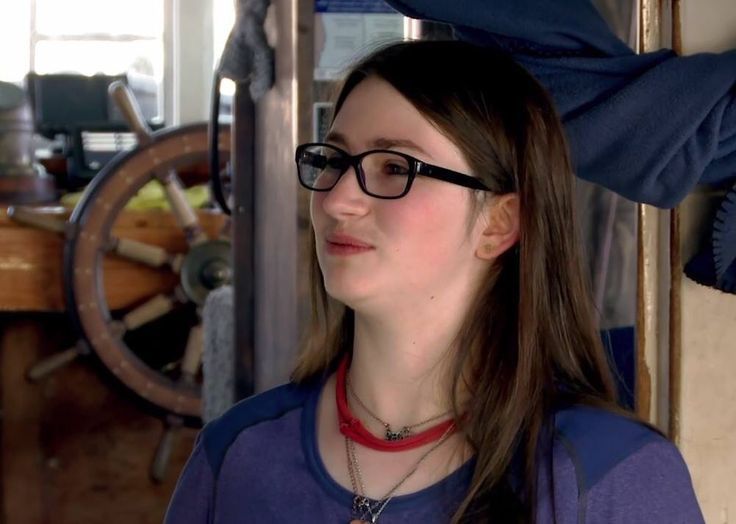Discovering the snowbird brown tits has become a favorite pastime for many bird enthusiasts across the globe. These birds, known for their unique characteristics and captivating behavior, offer a fascinating glimpse into the wonders of avian life. If you're eager to learn more about these remarkable creatures, this article will provide all the insights you need.
For bird lovers, the snowbird brown tits represent an exciting opportunity to delve into the intricacies of nature. Their vibrant plumage, adaptability, and intriguing social structures make them a subject of great interest. Understanding their habitat, diet, and behavior can deepen your appreciation for these feathered wonders.
This comprehensive guide will explore the world of snowbird brown tits, covering everything from their physical traits to their ecological significance. By the end of this article, you'll have a thorough understanding of why these birds are so special and how you can contribute to their conservation. Let's dive in!
Read also:Two And A Half Men Number Of Seasons
Table of Contents
- Biography of Snowbird Brown Tits
- Physical Characteristics
- Natural Habitat
- Diet and Feeding Habits
- Behavior and Social Structure
- Reproduction and Lifecycle
- Conservation Efforts
- Interesting Facts About Snowbird Brown Tits
- Threats to Snowbird Brown Tits
- Conclusion
Biography of Snowbird Brown Tits
Snowbird brown tits are a species of small passerine birds that belong to the family Paridae. They are primarily found in regions with cold climates, such as northern Europe, Asia, and North America. These birds are renowned for their ability to adapt to harsh winter conditions, earning them the nickname "snowbirds."
Biodata of Snowbird Brown Tits
| Scientific Name | Parus palustris |
|---|---|
| Average Size | 10-12 cm |
| Weight | 10-15 grams |
| Lifespan | Up to 10 years in the wild |
| Habitat | Forests, woodlands, and suburban areas |
Physical Characteristics of Snowbird Brown Tits
Snowbird brown tits are distinguished by their brown plumage, which provides excellent camouflage in their natural environment. Their small size and agile movements make them well-suited for navigating dense forests. Here are some key physical traits:
- Compact body with a rounded shape
- Short, pointed beak ideal for cracking seeds
- Large, expressive eyes that aid in spotting predators
- Feathers that insulate against cold temperatures
These features enable snowbird brown tits to thrive in diverse ecosystems, from snowy forests to urban parks.
Natural Habitat
The snowbird brown tit is predominantly found in temperate and boreal forests. These birds prefer environments with a mix of coniferous and deciduous trees, which provide ample food sources and nesting sites. According to a study by the Cornell Lab of Ornithology, snowbird brown tits have been observed adapting to urban areas, where they exploit bird feeders and gardens for sustenance.
Subheading: Adaptability to Changing Environments
One of the most remarkable traits of snowbird brown tits is their adaptability. As climate change alters their traditional habitats, these birds have demonstrated an ability to relocate and thrive in new areas. This adaptability is crucial for their survival in an ever-changing world.
Diet and Feeding Habits
Snowbird brown tits are omnivorous, consuming a variety of seeds, insects, and berries. During the winter months, when food is scarce, they rely heavily on stored seeds and fat reserves. Their diet plays a vital role in maintaining their energy levels and supporting their active lifestyles.
Read also:Where Is Dua Lipa Performing Tonight
Research published in the Journal of Ornithology highlights the importance of diverse diets in promoting the health and longevity of snowbird brown tits. By incorporating both plant and animal matter into their meals, these birds ensure they receive all the necessary nutrients.
Behavior and Social Structure
Snowbird brown tits are highly social creatures, often forming flocks during the non-breeding season. This behavior enhances their chances of survival by increasing vigilance against predators and improving foraging efficiency. Within these flocks, a clear hierarchy exists, with dominant individuals enjoying priority access to food and nesting sites.
Subheading: Communication Among Snowbird Brown Tits
Communication is a critical aspect of snowbird brown tit behavior. These birds use a variety of vocalizations, including chirps, whistles, and calls, to convey information about food sources, potential threats, and social interactions. Observing their communication patterns provides valuable insights into their complex social lives.
Reproduction and Lifecycle
The breeding season for snowbird brown tits typically occurs in the spring, when food is abundant and weather conditions are favorable. During this time, males engage in elaborate courtship displays to attract mates. Once paired, the couple works together to build a nest, usually located in tree cavities or artificial nest boxes.
Female snowbird brown tits lay an average of 6-8 eggs per clutch, which they incubate for approximately two weeks. After hatching, the chicks are cared for by both parents until they fledge, typically after three weeks. This lifecycle ensures the continuation of the species and the preservation of genetic diversity.
Conservation Efforts
Despite their adaptability, snowbird brown tits face numerous threats, including habitat loss, climate change, and predation by invasive species. Conservation organizations worldwide are working tirelessly to protect these birds and their habitats. Initiatives such as reforestation projects, predator control programs, and public awareness campaigns play a crucial role in safeguarding their future.
Subheading: How You Can Help
Individuals can contribute to snowbird brown tit conservation by creating bird-friendly environments in their own backyards. Installing bird feeders, planting native vegetation, and avoiding the use of harmful pesticides are simple yet effective ways to support these birds. Additionally, participating in citizen science programs allows you to contribute valuable data to ongoing research efforts.
Interesting Facts About Snowbird Brown Tits
Here are some fascinating facts about snowbird brown tits:
- They can store food in up to 100 different locations and remember each one.
- Their feathers undergo seasonal molting to adapt to changing temperatures.
- They are known to engage in "anting," a behavior where they rub ants over their feathers to repel parasites.
- Snowbird brown tits have been observed using tools, such as twigs, to extract insects from crevices.
These facts underscore the intelligence and resourcefulness of snowbird brown tits, making them a truly remarkable species.
Threats to Snowbird Brown Tits
While snowbird brown tits are resilient, they are not immune to the challenges posed by human activity. Deforestation, urbanization, and pollution all contribute to the decline of their natural habitats. Moreover, climate change exacerbates these issues by altering weather patterns and disrupting food availability.
Subheading: Mitigating Threats Through Action
Addressing these threats requires a concerted effort from governments, organizations, and individuals. Implementing sustainable land management practices, reducing greenhouse gas emissions, and promoting biodiversity conservation are essential steps toward protecting snowbird brown tits and other wildlife.
Conclusion
In conclusion, snowbird brown tits are remarkable creatures that play a vital role in their ecosystems. Their unique adaptations, social behaviors, and ecological significance make them a subject of great interest for scientists and nature enthusiasts alike. By understanding their needs and challenges, we can take meaningful actions to ensure their survival for future generations.
We invite you to share your thoughts and experiences with snowbird brown tits in the comments section below. Additionally, feel free to explore other articles on our website to learn more about the fascinating world of birds. Together, we can make a difference in preserving the beauty and diversity of our planet's avian life.


